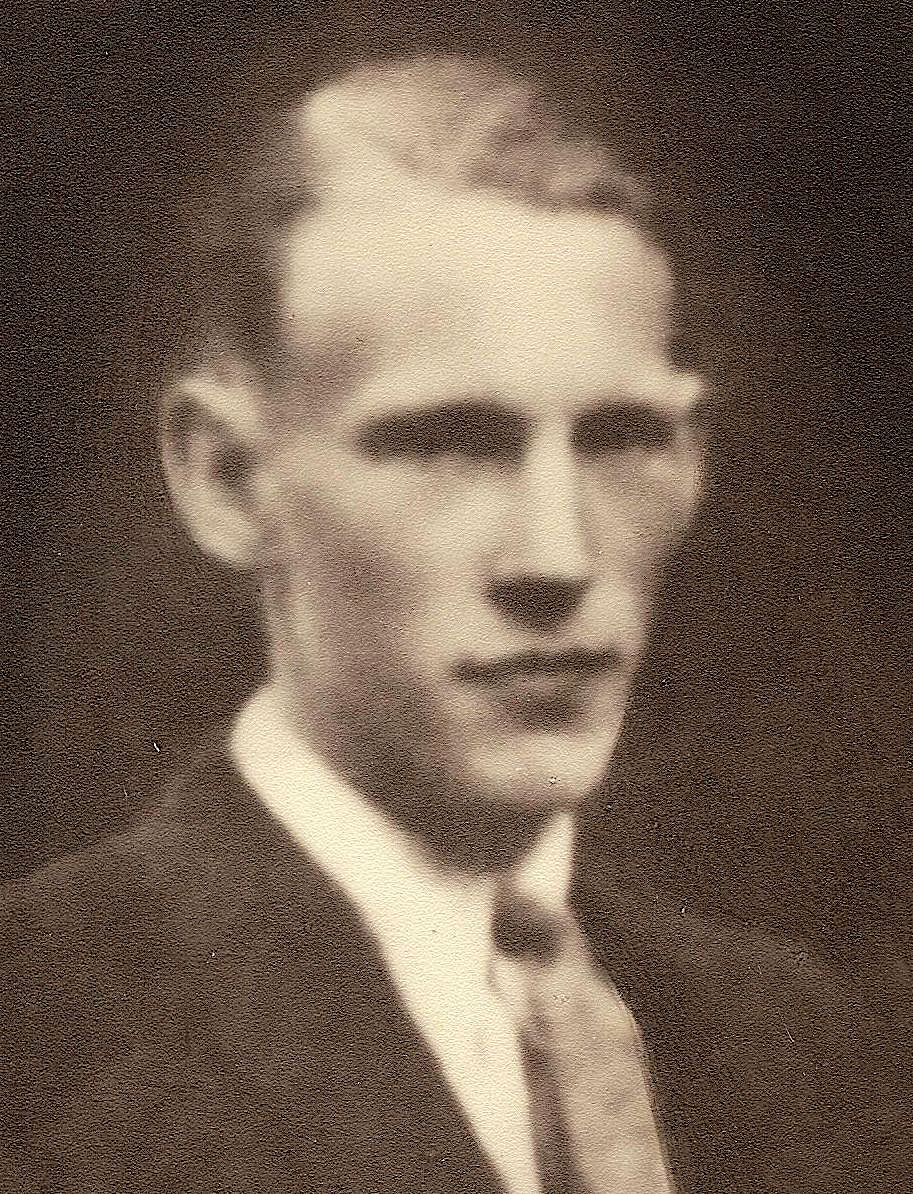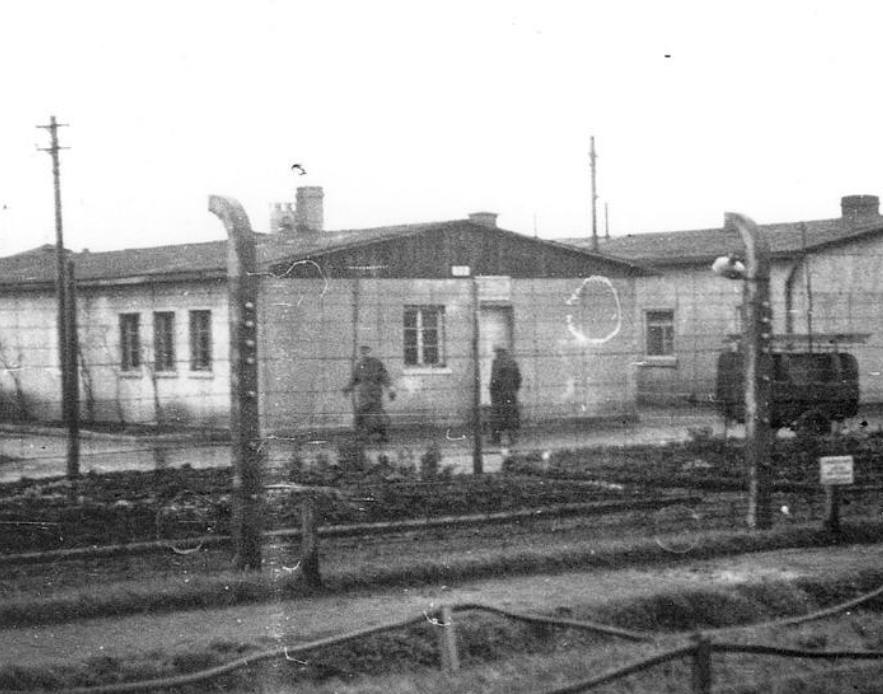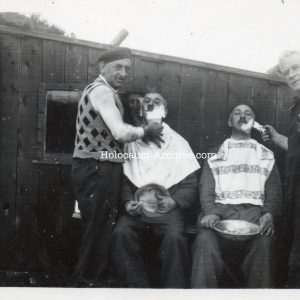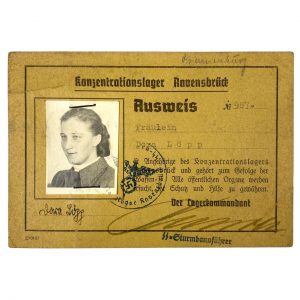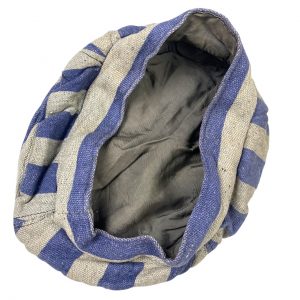Neuengamme – Personal effect bag of Johannes Scholtemeijer
This personal effects bag belonged to Johannes Scholtemeijer.
On arrival at Neuengamme concentration camp, the prisoners had to put their valuables in this paper bag and it was kept in the ‘Effektenkammer’.
Johannes Scholtemeijer, born on 2 April 1922 in Groningen and was drafted into the Arbeitseinsatz during the war.
Johannes Scholtemeijer went into hiding but was arrested on August 27, 1944 and taken to Camp Amersfoort.
He arrived in Neuengamme on September 10, 1944 and upon arrival the men were shaved bald and given a new camp number. (48812)
A short time later he was put to work in the subcamp Husum-Schwesig.
The camp was inaugurated on 26 September 1944 as part of a much larger fortification known as the Friesenwall.
The camp consisted of nine barracks, one of which was intended for the care of the sick.
Under the supervision of the kapos, the prisoners had to carry out all kinds of work for the German army in the swampy area, such as digging tank ditches.
The camp only existed for three months and during the autumn of 1944 a total of 2500 people from 14 countries were imprisoned, of whom between 300 and 500 did not survive this stay. Johannes Scholtemeijer died here on November 20, 1944.
The bag states that Johannes Scholtemeijer was in possession of 2 rolls of change and these were kept during his captivity.
After World War II, Johannes Scholtemeijer was reburied at the Loenen cemetery.
Neuengamme
Concentration Camp Neuengamme was inaugurated on December 13, 1938 and was located about 18 kilometers from the German city of Hamburg.
Neuengamme was an annex of the well-known concentration camp Sachsenhausen, but from June 1940 it became an independent concentration camp.
During World War II, some 106,000 inmates stayed in the camp, 42,900 of whom died due to poor living conditions, lack of food, disease and forced labour.
Resistance fighters, Jews, homosexuals, gypsies, hostages and Jehovah’s Witnesses were imprisoned in the camp.
All personal belongings had to be handed in on arrival.
Then all body hair was shaved off and a striped camp uniform with a new prisoner number was given.
Neuengamme had three commanders during the war, SS-Sturmbahnführer Walter Eisfeld (1940), SS-Obersturmbahnführer Martin Weiß (1940 – 1942) and SS-Standartenführer Max Pauly (1942 – 1945).
During the entire war, about 4,500 guards worked at the Neuengamme concentration camp.
From April 20, thousands of Neuengamme prisoners were loaded onto ships, including the Cap Arcona and the Thielbek, and left in the Bay of Lübeck.
In this way, the Nazis tried to cover up the evidence that the concentration camp had existed.
Mistaking the ships for troop transporters, the Allies sank the ships on May 3, 1945, killing an estimated 7,500 people.
Many who managed to reach the shore were shot by the SS.
The SS had deliberately left about 600 prisoners to dismantle the Neuengamme concentration camp and destroy the administration.
On May 4, 1945, Neuengamme was liberated by the British and they found an empty camp.

